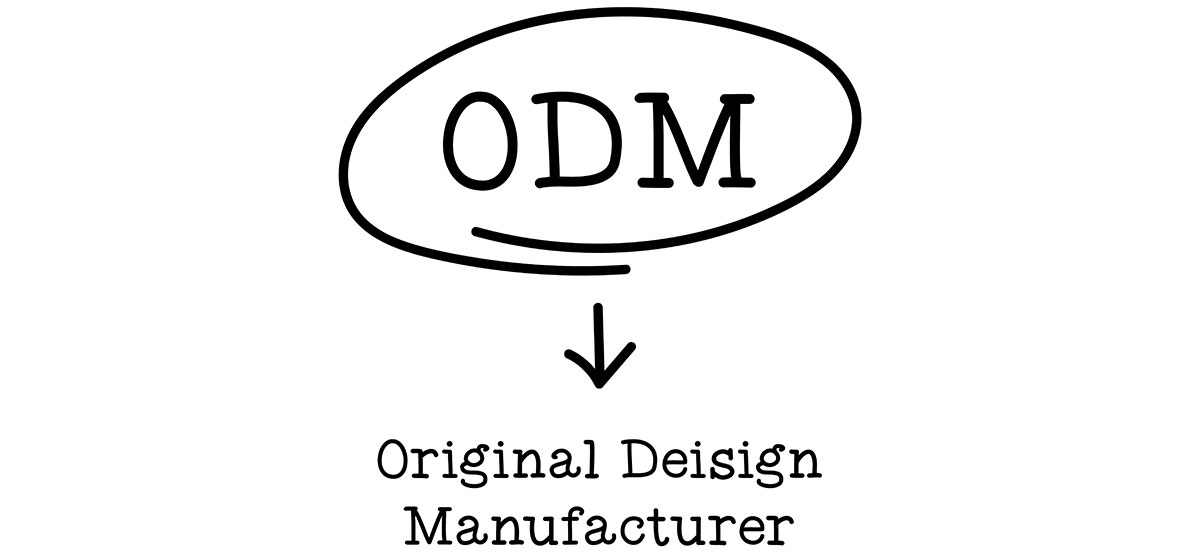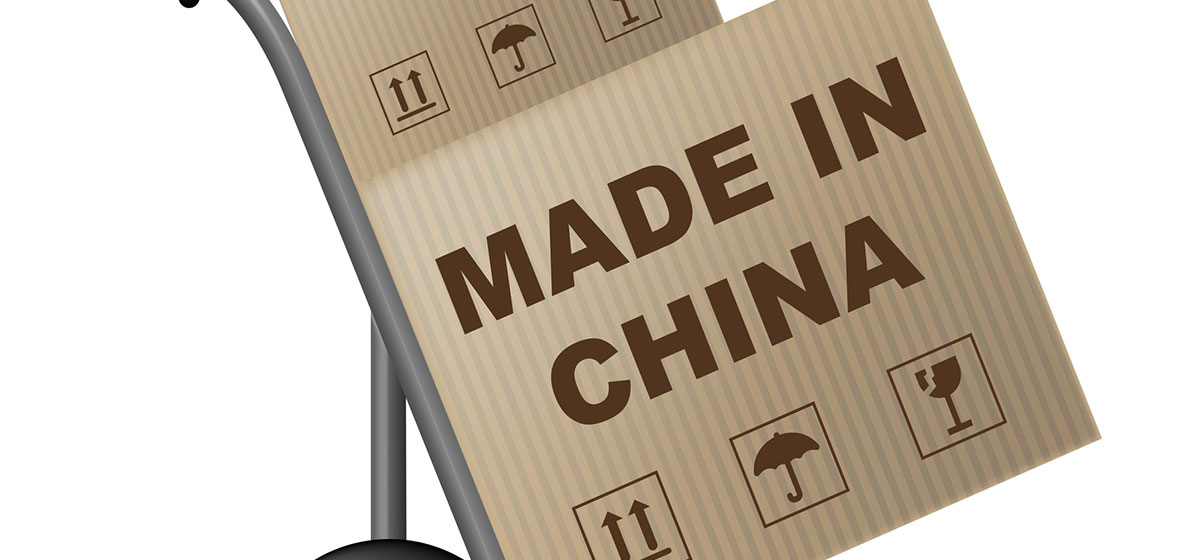Implementing effective e-commerce strategies is paramount for online retailers to excel in their digital marketplace. Irrespective of the industry or business size, these well-established and proven strategies guarantee maximum online presence and customer retention and ultimately drive sales.
- Create a Customer Centric E-Commerce Strategy
An e-commerce strategy centered on the customer is all about recognizing and fulfilling the intended audience’s needs. This entails conducting extensive market research, evaluating customer patterns, and personalizing the online store to offer an optimal shopping experience. By prioritizing high levels of customer satisfaction, one can foster trust in their brand and encourage repeat purchases, boosting sales revenue growth over time.
- Focus on the Customer Journey, Not Just Transactions
To succeed in e-commerce, consider every step of the customer journey — from initial awareness to post-purchase support. This involves optimizing website navigation, providing comprehensive product details, and responsive customer service. Simplifying this process will increase their chances of turning leads into customers and encourage long-term client satisfaction and loyalty.
- Launch a Complete E-Commerce Strategy to Boost Sales and Engagement
A successful e-commerce strategy comprises several key components: content marketing, social media, email campaigns, and search engine optimization (SEO). By skillfully integrating these elements, businesses can create a cohesive online presence that has the power to attract and engage potential customers. This ultimately leads to increased sales and brand recognition.
- Create Compelling Content
Creating valuable, informative content such as well-written blog posts, captivating videos, and engaging social media updates is crucial in alluring and keeping customers. By doing so, companies establish brand expertise in the industry and contribute to the target audience’s knowledge about the subject. Moreover, successful content that charms and engages your users results in an improved website SEO-bringing new visitors organically and increasing the chance of generating conversions.
- Optimize Your Online Store for Mobile
To succeed in today’s online marketplace, prioritize mobile optimization. Due to the growing number of consumers who use these devices for browsing and shopping, businesses must have a responsive website that loads quickly and is easy to navigate on smartphones and tablets. By prioritizing the needs of mobile users, businesses can access a large market and increase their likelihood of making sales.
- Invest in SEO to Maximize Your Reach
SEO enhances a website’s visibility and draws in organic traffic. By optimizing a website’s structure, metadata, and content, companies enhance their ranking on search engine results pages (SERPs), making it more straightforward for prospective clients to locate and purchase products.
- Automate Your Email Marketing Campaigns for E-Commerce
Email marketing holds immense potential for boosting sales figures and nurturing customer relationships. By automating email campaigns, businesses can interact with their target audience more efficiently while promoting brand-new products or enticing discounts on existing items. Personalization becomes possible through automation tools, which allow brands to engage customers on an individual level. As a result, the chances of converting a potential lead into a returning customer increase significantly.
- Provide Social Proof with Case Studies and Testimonials
Social proof is a potent driver for online shoppers. Displaying customer testimonials and case studies on a business website can establish credibility and trust, ultimately compelling potential customers to make purchases from the store. Additionally, social proof can increase customer loyalty and foster word-of-mouth referrals, amplifying your sales and visibility.
- Build an Effective Referral Program
Referral programs incentivize existing customers to recommend your products to friends and family, generating new leads and sales for the business. By offering rewards such as discounts, free products, or exclusive content, business encourage satisfied customers to spread the word about your brand, ultimately driving growth and revenue.
- Engage With Customers Through Forums
Online forums allow customers to inquire about your products, exchange experiences, and discourse. Actively participating in these online communities allows companies to resolve concerns, gather valuable feedback, and cultivate patronage for your brand. Engaging with customers through digital forums humanizes your company, establishing a more attractive image that can entice potential buyers.
Ready to implement the top skyrocket in your online sales? Let East West Basics be your ultimate partner in success. We offer a one-stop solution for all your product design and manufacturing needs.









